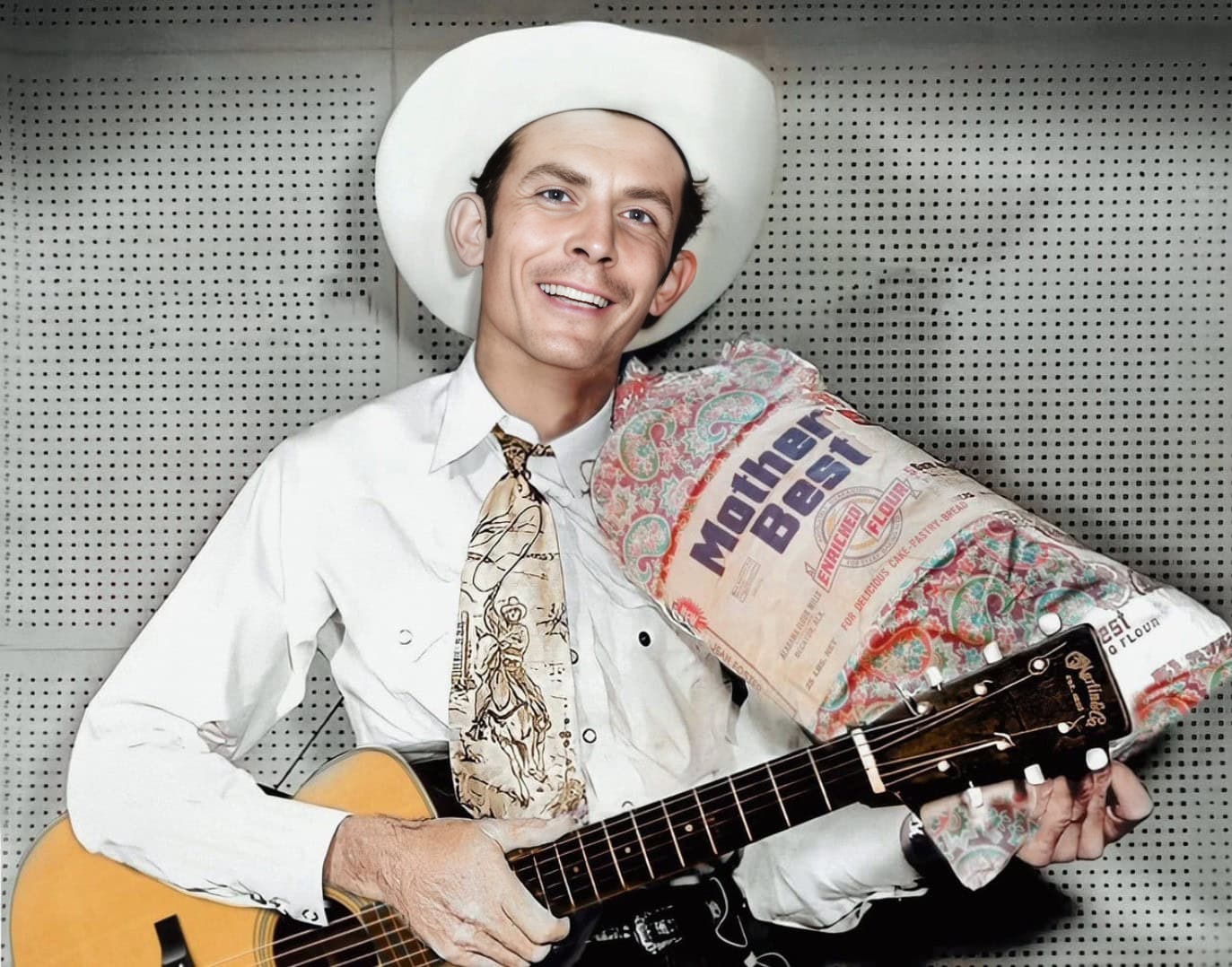
Hank Williams, born Hiram King Williams in 1923, is a towering figure in American country music. Often hailed as the “Hillbilly Shakespeare,” his raw, emotive lyrics and distinctive vocal delivery captured the heart of post-war America. Although his career was tragically cut short at the age of 29, Williams left behind a legacy of timeless songs that continue to resonate with audiences today. He was inducted into the Country Music Hall of Fame in 1961 and has received a Grammy Lifetime Achievement Award. While his songs regularly graced the country charts, reaching number one with hits like “Your Cheatin’ Heart” and “Hey, Good Lookin’,” it’s arguably his ballad “(I’m So Lonesome) I Could Cry” that solidified his status as a musical icon.
Released in 1949, “(I’m So Lonesome) I Could Cry” is a haunting exploration of profound loneliness and heartache. The song employs vivid imagery of nature – the mournful whippoorwill, the echoing train whistle, and the silent moon – to paint a landscape of emotional desolation. It goes beyond simple sadness, delving into a deeper, almost existential despair. The lyrics suggest a feeling of isolation so intense it’s almost unbearable, creating a palpable sense of yearning and vulnerability.
Upon its release, the song resonated deeply with audiences, establishing itself as a cornerstone of country music. Its simple yet powerful instrumentation and Williams’ emotionally charged vocals struck a chord with listeners who had experienced loss and loneliness in their own lives. Over the years, countless artists have covered the song, attesting to its enduring appeal and its ability to connect with audiences across generations. It remains a poignant testament to Williams’s ability to transform personal pain into universally relatable art.